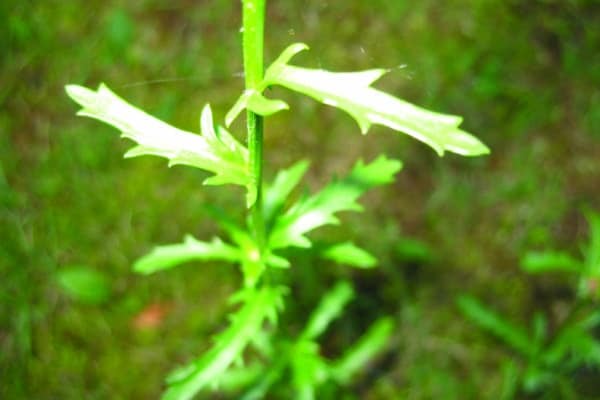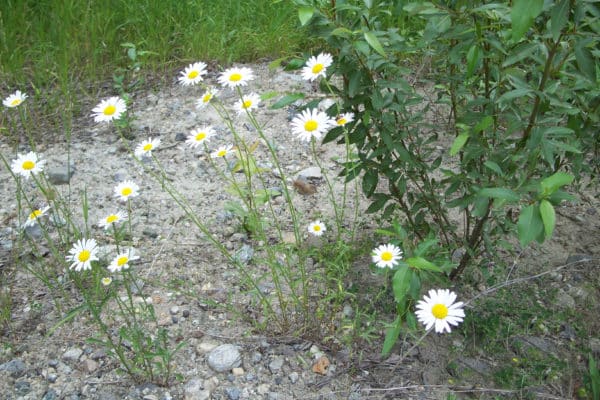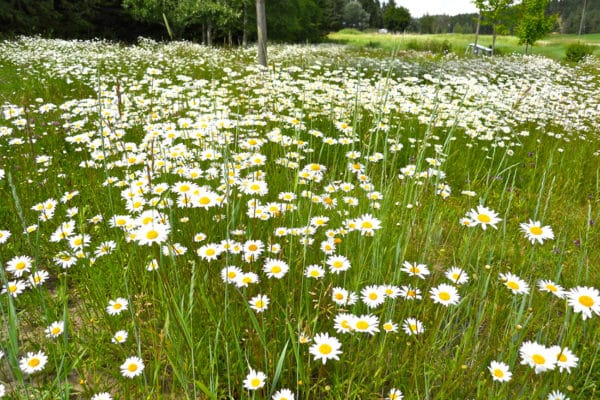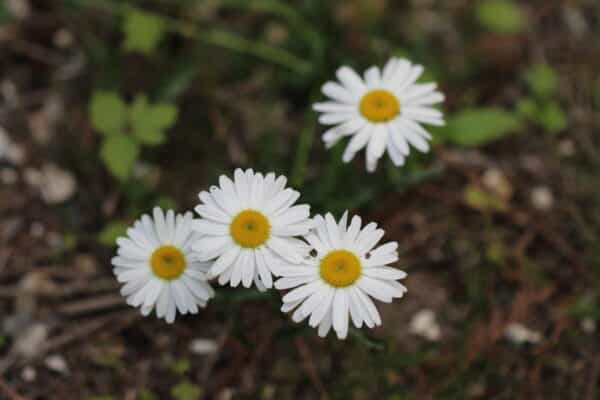Oxeye daisy
About This Species
Oxeye daisy (Dog daisy, Marguerite) was first introduced through seed mixes and is still commonly sold in many store-bought wildflower mixes and remains popular among gardeners despite its negative impacts. It was introduced from its native range of Europe. It spreads rapidly and is often found in pastures, grasslands, waste areas and along roadsides. A single plant can produce up to 26,000 seeds that can survive in the soil for up to 20 years. In large infestations, Oxeye daisy reduces the number of native plants and reduces forage for livestock and wildlife. Oxeye daisy is designated as a Regional Noxious Weed by the BC Weed Control Act.
How to Identify
Oxeye daisy is a flowering plant that can range from 20–80 cm in height.
Flowers have a typical daisy-like appearance, with single white flowers and a yellow center.
Leaves are wavy and clasp toward the stem.
Take Action
Prevention is the best approach.
- Oxeye daisy Factsheet PDF
-
If you need advice about invasive species on your property or you are concerned about reported invasives in your local area, contact your local government or regional invasive species organization.

PlayCleanGo
Learn about best practices

Plantwise
Learn about best practices
A few non-invasive alternatives to plant instead of Oxeye daisy include:
- Arnica (Arnica spp.)
- Cutleaf daisy (Erigeron compositus)
- Shasta daisy (Leucanthemum x superbum)
- Smooth fleabane (Erigeron glabellus)
- White swan coneflower (Echinacea purpurea ‘White Swan’)
REPORT TO PROTECT BC’S BIODIVERSITY
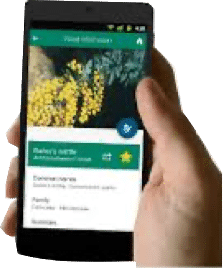
Use the app
Observe and report to protect BC’s biodiversity

Report through this website
Use our form to tell us what you’re seeing and where.



